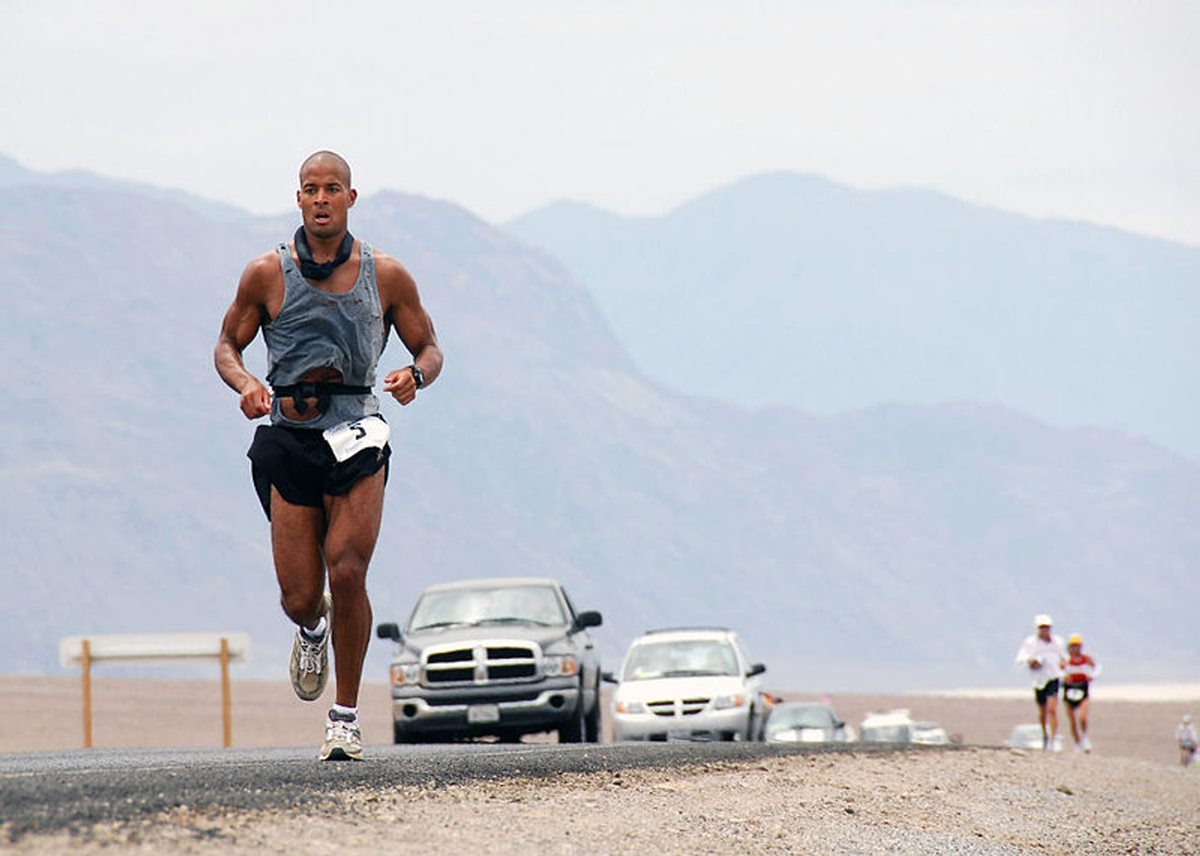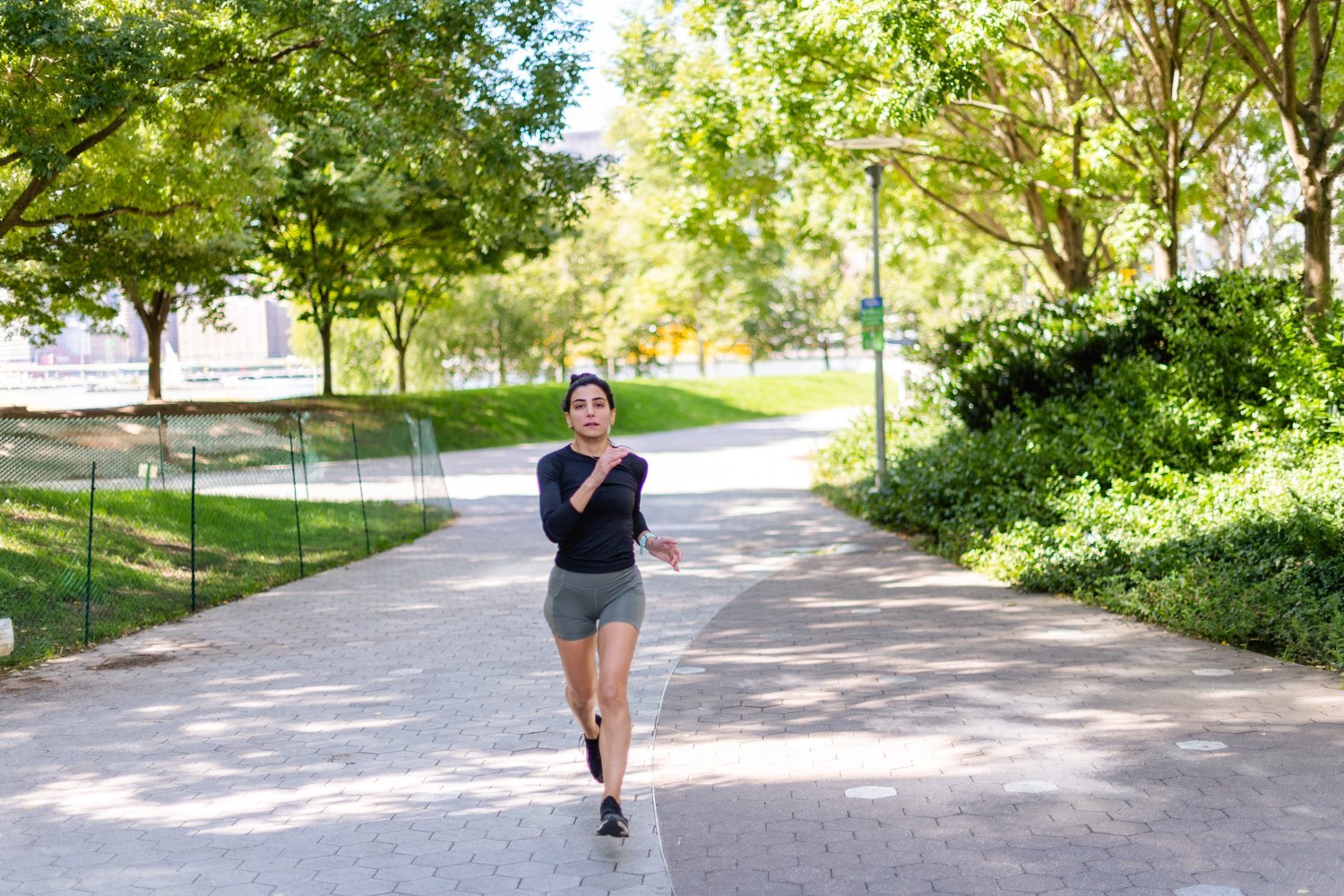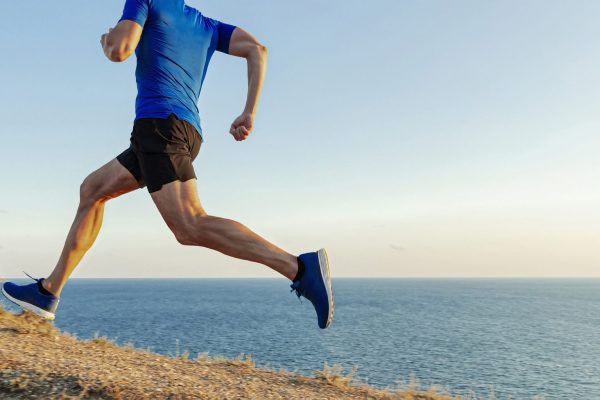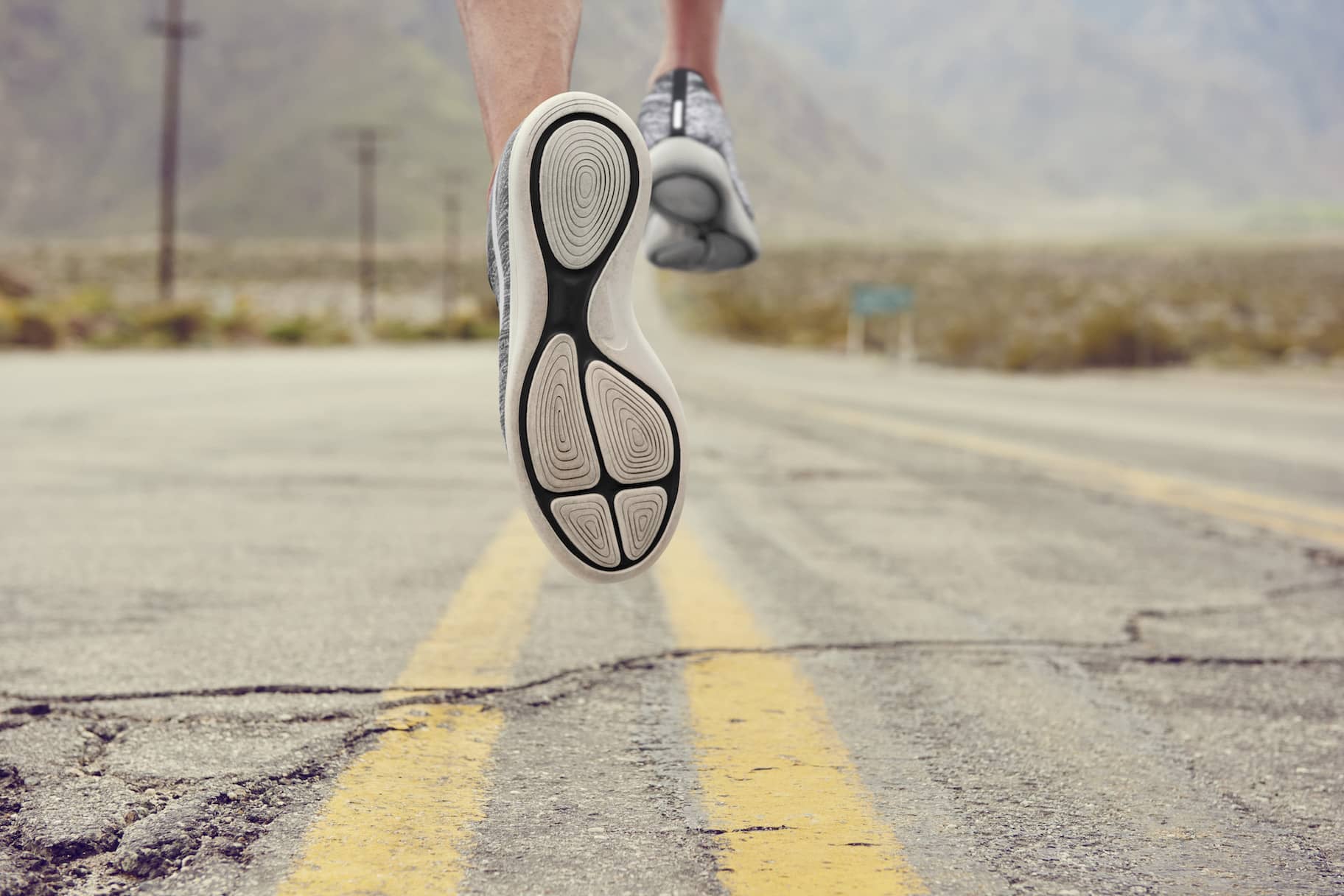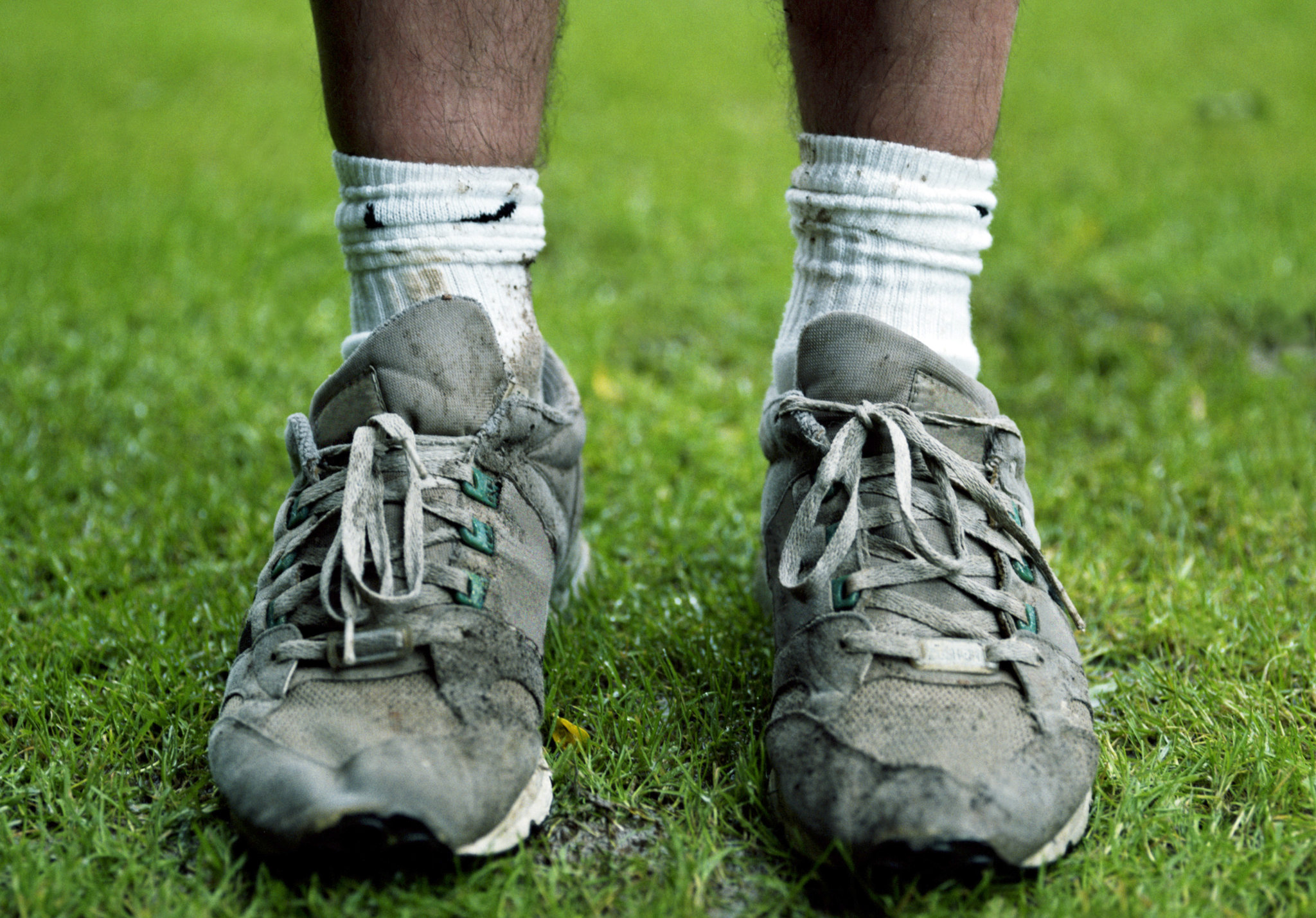Home>Misc>Featured>How To Tell When In Need Of New Running Shoes
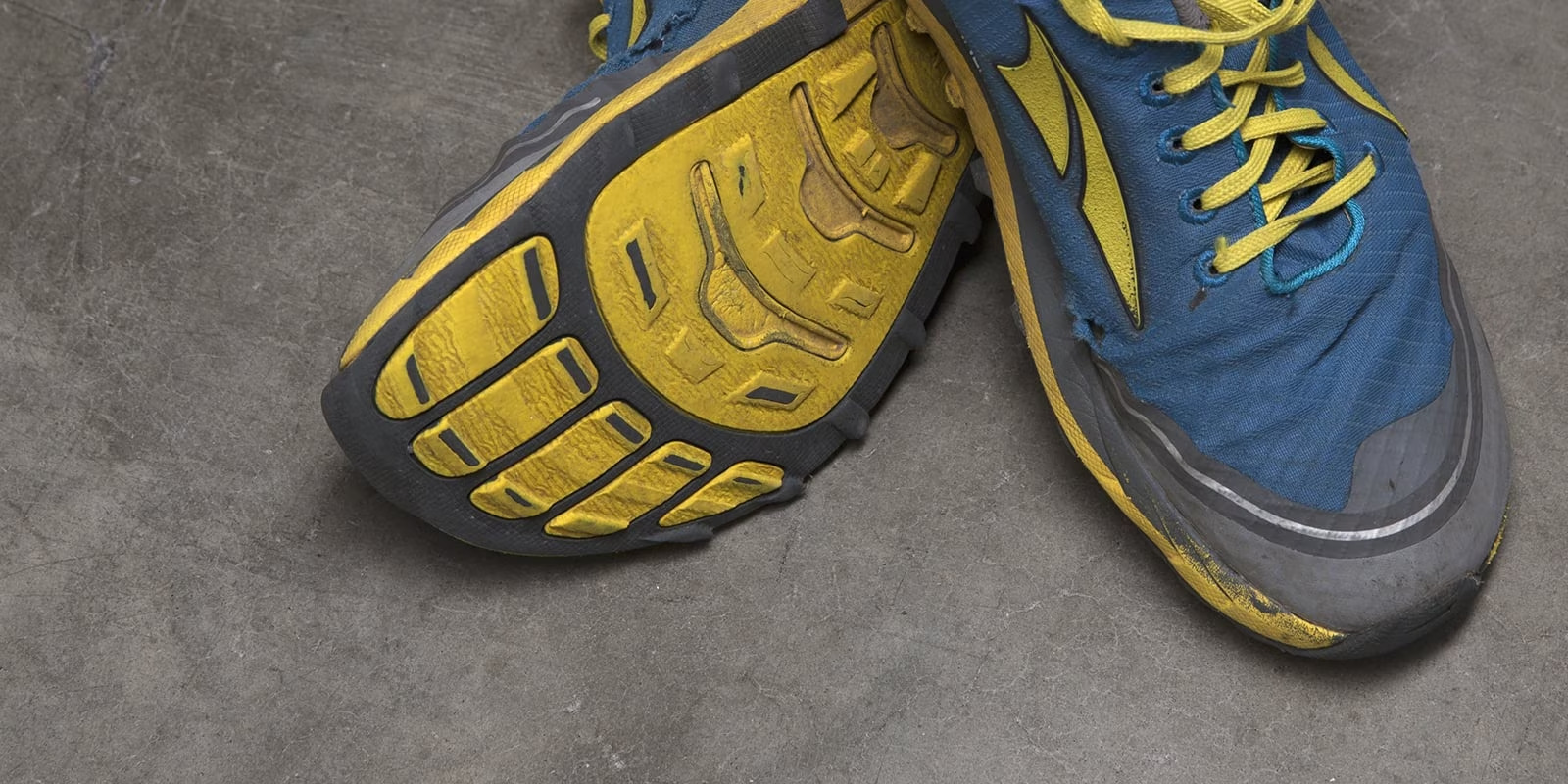

Featured
How To Tell When In Need Of New Running Shoes
Modified: May 22, 2024
Discover when it's time to replace your running shoes with our featured guide. Ensure optimal performance and prevent injuries with new footwear.
Introduction
Whether you’re a seasoned marathon runner or just beginning to lace up your sneakers, having the right pair of running shoes is crucial for a comfortable and injury-free workout. Over time, running shoes experience wear and tear that can affect their support and cushioning, making it necessary to replace them. But how do you know when it’s time to bid farewell to your old faithfuls and invest in a new pair?
Recognizing the signs of wear and tear is essential in determining when to replace your running shoes. From decreased cushioning to visible damage, these indicators can help you stay ahead of potential issues and ensure your feet are well-protected on your runs.
In this article, we will explore the telltale signs of wear and tear in running shoes, the importance of a proper fit, and how to choose the right pair for your needs. So, let’s lace up and dive into the world of optimal running shoe selection!
Signs of Wear and Tear
As you log mile after mile in your running shoes, they gradually undergo physical changes that can affect their performance and support. Here are some common signs of wear and tear to watch out for:
- Decreased Cushioning: One of the first indicators that your running shoes may be past their prime is a noticeable decrease in cushioning. The midsole, responsible for providing shock absorption and support, can become compressed and lose its ability to absorb impact effectively. This can lead to a harsher and less comfortable running experience.
- Visible Damage or Wear Patterns: Inspect your shoes for any visible damage or wear patterns. Look for cracks or tears in the shoe’s upper, as well as areas where the sole is worn down unevenly. Excessive wear on certain parts can alter your gait and lead to discomfort or even injury.
- Frequent Injuries or Discomfort: If you find yourself experiencing an increase in foot, knee, or leg discomfort during or after your runs, it could be a sign that your shoes are no longer providing adequate support. Over time, worn-out shoes can fail to properly absorb impact, leading to stress on your joints and muscles.
- Outdated Technology: Running shoe technology is constantly evolving to provide enhanced support, stability, and cushioning. If your shoes are several years old, chances are they lack the latest advancements found in newer models. Upgrading to a pair with updated technology can significantly improve your running performance.
It’s important to note that the signs of wear and tear can vary depending on factors such as your running style, body weight, and the terrain you typically run on. Regularly inspecting your shoes and paying attention to any discomfort or changes in performance will help you determine when it’s time for a replacement.
Decreased Cushioning
One of the most noticeable signs of wear and tear in running shoes is a decrease in cushioning. The cushioning, typically located in the midsole of the shoe, plays a crucial role in absorbing the impact forces generated while running. As you accumulate miles on your shoes, the cushioning materials can become compressed and lose their ability to provide adequate support and shock absorption.
When the cushioning starts to break down, you may begin to feel a harsher impact with each step. What once felt like a comfortable and cushioned ride may now feel less forgiving and more jarring. This can lead to increased stress on your feet, ankles, knees, and other joints, potentially increasing the risk of injuries such as stress fractures, shin splints, or plantar fasciitis.
To determine if your shoes have decreased cushioning, pay attention to how they feel during your runs. If you notice a loss of that initial softness and bounce, it may be a sign that the midsole cushioning has worn out. You might also be able to feel the ground more prominently, especially on uneven surfaces or concrete roads.
Keep in mind that the lifespan of cushioning can vary depending on factors such as your body weight, running style, and the type of surface you run on. Lightweight runners may experience a decrease in cushioning sooner than heavier runners, while running on hard surfaces like asphalt can accelerate the breakdown of cushioning materials.
To prevent discomfort and potential injuries caused by decreased cushioning, it’s essential to regularly assess the condition of your running shoes. If you notice a significant loss of cushioning or if the midsole feels flat and lacks support, it’s probably time to invest in a new pair of running shoes.
Visible Damage or Wear Patterns
Another clear indication that it may be time to replace your running shoes is the presence of visible damage or wear patterns. Over time, the repetitive motion and impact of running can take a toll on the materials of your shoes, leading to signs of wear and tear.
When inspecting your running shoes, look closely for any cracks, tears, or rips in the upper, which is the top part of the shoe that covers the foot. Excessive wear and tear in this area can compromise the shoe’s structural integrity and ability to provide proper support. Additionally, check for any loose stitching or separation of layers, as these can also indicate a decline in durability.
Examining the outsole, or the bottom of the shoe, is equally important. Look for worn-down areas or uneven tread patterns. If certain parts of the outsole are significantly more worn than others, it can alter your gait and lead to imbalances as you run. This imbalance can potentially contribute to discomfort, instability, and even injuries.
Consider the wear patterns on the tread of your running shoes as well. The way the treads wear can provide insight into your running mechanics and pronation. Excessive wear on the inner or outer edges of the tread can indicate an issue with alignment or pronation, which may require corrective footwear or orthotics.
It’s worth mentioning that different surfaces can cause different types of wear patterns. For example, running predominantly on asphalt or concrete can wear down the soles faster compared to running on trails. If you regularly switch between different types of surfaces, it’s essential to inspect your shoes for wear patterns specific to each surface.
Visible damage or wear patterns on your running shoes not only affect their performance but also increase the risk of injury. The compromised structural integrity and reduced support can lead to instability, discomfort, and foot-related issues. It’s crucial to regularly assess your shoes for any signs of damage or wear and replace them when necessary to maintain optimal performance and injury prevention.
Frequent Injuries or Discomfort
If you find yourself experiencing frequent injuries or discomfort while running, it could be a strong indication that your current running shoes are no longer providing the necessary support and cushioning. Common injuries associated with worn-out shoes include shin splints, plantar fasciitis, knee pain, and Achilles tendonitis.
When running in worn-out shoes, the reduced cushioning and support can lead to increased stress on your joints and muscles. This can result in overpronation or underpronation, causing your feet to roll inward or outward excessively during the gait cycle. This misalignment and instability can put undue strain on various parts of your body, leading to discomfort, pain, and even long-term injuries.
If you notice persistent discomfort, pain, or recurring injuries in your feet, ankles, knees, shins, or hips, it’s essential to assess the condition of your running shoes. Consider the age of your shoes and the amount of mileage you’ve put on them. As a general guideline, running shoes typically last around 300-500 miles or 4-6 months, depending on factors like your weight, running style, and the terrain you run on.
In addition to the physical condition of your shoes, pay attention to any changes in their fit. Running shoes that have stretched out or become too loose over time can also contribute to discomfort and injury. It’s crucial to ensure a snug and secure fit to maintain proper foot alignment and prevent excessive movement inside the shoe while running.
It’s important not to ignore or push through recurring injuries or discomfort caused by worn-out shoes. Continuing to run in shoes that no longer provide the necessary support can worsen existing injuries and lead to new ones. If you’re experiencing persistent pain, it may be time to retire your old shoes and invest in a new pair that can properly support your feet and mitigate the risk of future injuries.
Outdated Technology
Running shoe technology is continuously evolving to enhance performance, comfort, and injury prevention. If your running shoes are several years old, they may lack the latest advancements found in newer models, making it a good time to consider an upgrade.
Advancements in shoe technology can offer significant benefits to runners. Improved cushioning materials, such as responsive foams or specialized gel systems, provide enhanced impact absorption and energy return. This can contribute to a more comfortable and efficient running experience, reducing fatigue and allowing you to run longer and faster.
Newer shoe models also often incorporate stability features to help correct overpronation or underpronation. These features help align your feet and ankles, reducing the risk of injuries related to improper foot mechanics. Additionally, updated shoe designs may address common foot issues, such as bunions or flat arches, with targeted support and modifications.
The materials used in newer shoes can offer benefits beyond performance. Many running shoes now feature breathable and moisture-wicking uppers, which help keep your feet cool and dry during your runs. This can reduce the risk of blisters and improve overall comfort.
Furthermore, emerging technologies like carbon fiber plates are being incorporated into running shoes to enhance propulsion and increase running efficiency. These plates can provide a noticeable boost in speed and performance, making them particularly appealing to competitive runners.
As running shoe technology advances, research and innovation also continue to provide insights into injury prevention and biomechanical efficiency. For example, shoes designed with a focus on minimalism or maximal cushioning have gained popularity as they aim to optimize natural foot movement or provide maximum shock absorption, respectively.
By staying informed about the latest developments in running shoe technology and considering an upgrade when your current shoes become outdated, you can take advantage of the advancements that benefit your running performance, comfort, and overall well-being.
Importance of Proper Fit
When it comes to running shoes, it’s not just about the latest technology or the brand name; the fit is equally crucial. The proper fit of your running shoes plays a significant role in comfort, support, and injury prevention.
Running shoes that are too tight can cause discomfort, rubbing, and blisters. On the other hand, shoes that are too loose can lead to an unstable and inefficient running gait. It’s essential to find a balance between a snug, secure fit and allowing room for your feet to move and expand during your runs.
A proper fit ensures that your foot is held securely in place within the shoe, reducing the risk of excessive movement or slipping. This stability is important for maintaining proper foot alignment and preventing overpronation or underpronation, which can lead to stress on your joints and muscles.
When trying on running shoes, consider the following factors for a proper fit:
- Length: There should be a thumb’s width of space between your longest toe and the end of the shoe. This allows room for natural foot movement and helps prevent black toenails or bruised toes during long runs.
- Width: Your foot should be comfortably snug within the shoe without feeling compressed. Shoes that are too narrow can cause discomfort and limit blood circulation, while shoes that are too wide can lead to instability and friction.
- Arch Support: The arch of your foot should be supported by the shoe’s midsole. This helps maintain proper foot alignment and reduces the risk of arch-related discomfort or injuries.
- Heel Fit: The heel should fit snugly without slipping or rubbing. A secure heel fit prevents blisters and ensures proper foot control during your runs.
It’s essential to try on running shoes later in the day when your feet are slightly swollen to mimic the conditions during a run. Additionally, consider wearing the same type of socks you typically wear while running to ensure an accurate fit.
Keep in mind that different shoe brands and models may have varying fits, so it’s important to try on multiple options to find the one that best suits your feet. Getting professionally fitted at a running specialty store is also highly recommended, as they can provide expert guidance and help you find the perfect fit for your unique needs.
Remember, a proper fit is the foundation for a comfortable and enjoyable running experience. Investing in shoes that fit you well will help prevent discomfort, reduce the risk of injuries, and allow you to fully focus on reaching your running goals.
How to Choose the Right Running Shoes
Choosing the right running shoes is a crucial decision that can greatly impact your comfort and performance. With the wide variety of options available, it’s important to consider several factors to find the perfect pair for your running needs. Here are some steps to guide you in selecting the right running shoes:
- Assess Your Running Style: Start by understanding your running style. Are you a neutral runner, overpronator, or underpronator? Knowing your foot mechanics will help determine the type of shoe support and stability you need. If you’re unsure, consider consulting a podiatrist or visiting a running specialty store for a gait analysis.
- Determine Your Foot Type: Understanding your foot type can also help in selecting the appropriate shoes. High arches, flat feet, or normal arches each require different levels of support. Look for shoes specifically designed for your foot type to enhance comfort and prevent potential issues.
- Consider Your Running Terrain: Think about the surfaces you typically run on. If you primarily run on roads or pavement, a shoe with ample cushioning and durability is essential. If you frequently venture off-road, consider a trail running shoe with extra traction and protection.
- Try On Different Brands and Models: Every brand and shoe model has its own fit and feel. It’s beneficial to try on multiple options to find the one that suits you best. Take the time to walk around and even do a short jog in the store to assess comfort, fit, and performance.
- Get Professionally Fitted: Consider going to a running specialty store for a professional fitting. The experts can analyze your foot type, running style, and specific needs to recommend suitable shoe options. Their expertise can be invaluable in finding the right pair of running shoes.
- Consider Your Budget: While it’s important to prioritize quality and fit, it’s also essential to consider your budget. Running shoe prices can vary significantly. Look for a balance between the features and technologies you need and what you can afford.
- Replace Shoes Regularly: Remember that running shoes don’t last forever. As mentioned earlier, they typically last around 300-500 miles or 4-6 months, depending on various factors. Regularly assess the condition of your shoes and replace them when signs of wear and tear become evident.
By considering your running style, foot type, terrain, and budget, and getting professional advice if needed, you can ensure you’re making an informed decision when choosing the right running shoes. Optimal footwear will provide the necessary support, cushioning, and comfort that allow you to perform at your best and enjoy your running journey.
Getting Professionally Fitted
When it comes to finding the perfect running shoes, getting professionally fitted can make a significant difference in comfort and performance. Although it’s possible to try on shoes on your own, the expertise of a trained professional can help guide you towards the best options for your specific needs. Here’s why getting professionally fitted is worth considering:
Expert Guidance: Professionals at running specialty stores are knowledgeable about different shoe brands, models, and technologies. They understand the nuances of running shoe design and can provide expert guidance to help you make an informed choice. They will take the time to understand your running style, assess your foot type, and provide personalized recommendations based on their expertise.
Foot Analysis: During a professional fitting, the specialist will analyze your foot structure, size, and shape. They may use tools like a Brannock Device to measure the length, width, and arch height of your feet. This detailed analysis helps determine the appropriate shoe size and type for your needs.
Gait Analysis: One of the most valuable aspects of a professional fitting is the gait analysis. This involves observing and analyzing how you walk or run, assessing factors such as foot strike pattern, pronation, and overall gait mechanics. The professional can identify any biomechanical issues that may require specific shoe features or modifications to enhance your running experience.
Individualized Recommendations: Based on the foot and gait analysis, the specialist can recommend shoe options that cater to your specific needs. They consider factors such as cushioning levels, stability features, and support technology to help you find the ideal pair of shoes that will provide optimal comfort, reduce the risk of injuries, and maximize your running performance.
Testing and Feedback: After recommending certain shoe options, the specialist will encourage you to try them on and perform a short walk or jog within the store. This allows you to experience firsthand how the shoes feel and provides an opportunity for feedback. The professional can assess the fit, comfort, and performance of the shoes and make additional recommendations if necessary.
Additional Services: In addition to fitting, many specialty running stores offer complementary or additional services, such as custom insoles or orthotics, shoe modifications, and advice on injury prevention exercises or stretching techniques. Taking advantage of these services can further enhance your running experience and address any specific foot or gait concerns you may have.
Overall, getting professionally fitted for running shoes is a worthwhile investment. The expertise, personalized recommendations, and attention to detail provided by the professionals ensure that you find the perfect pair of shoes that are tailored to your unique needs. So, don’t hesitate to visit a running specialty store and take advantage of their knowledge and services to obtain the best fit and support for your running journey.
Factors to Consider
When choosing running shoes, there are several important factors to consider. These factors will help you find the ideal pair that suits your running style, foot type, and personal preferences. Here are some key factors to keep in mind:
- Running Style: Consider your running style and gait pattern. Are you a neutral runner, overpronator, or underpronator? Knowing your running style will determine the level of support or stability features you may need in your shoes.
- Foot Type: Understand your foot type. Do you have high arches, flat feet, or a normal arch? Different foot types require different levels of support and cushioning to ensure proper alignment and reduce the risk of injuries.
- Cushioning: Determine the amount of cushioning you prefer. Some runners prefer a plush and soft feel, while others may prefer a more responsive and firm ride. The cushioning level can impact comfort and shock absorption.
- Stability: Consider the level of stability you need. If you tend to overpronate or have a tendency to roll your feet inward excessively, look for shoes with stability features such as medial posts or firmer midsoles. Neutral runners may opt for shoes with less stability control.
- Fit and Comfort: Ensure the shoes fit well and provide a comfortable feel. The shoes should allow enough room for toe splay and have a secure midfoot and heel fit. Pay attention to pressure points or areas of potential friction that may cause discomfort during long runs.
- Weight: Think about the weight of the shoes. Lighter shoes can provide a more responsive and nimble feel, ideal for speed work or racing. However, if you prefer more cushioning and support, slightly heavier shoes may be more suitable.
- Terrain: Consider the terrain you primarily run on. Shoes designed for road running may differ from those intended for trail running. Look for the appropriate outsole grip, durability, and protection based on the surfaces you frequent.
- Brand and Price: While brand and price shouldn’t be the sole determining factors, it’s worth considering. Established brands often come with a track record of quality, but don’t overlook newer or lesser-known brands that may offer innovative features at a more affordable price point.
- Reviews and Recommendations: Read reviews and seek recommendations from other runners or experts in the field. Hearing about firsthand experiences and insights can provide valuable information and help narrow down your options.
Remember that finding the right pair of running shoes may require some trial and error. It’s essential to take the time to try on different models, consult professionals if needed, and listen to your body’s feedback during test runs. By considering these factors, you’ll be well on your way to finding the perfect running shoes that will support your running goals and keep you comfortable mile after mile.
Conclusion
Choosing the right running shoes is essential for a comfortable, enjoyable, and injury-free running experience. Recognizing the signs of wear and tear, such as decreased cushioning and visible damage, is crucial in determining when it’s time to replace your old shoes. Additionally, considering factors like proper fit, running style, foot type, and terrain will help you select the perfect pair that suits your individual needs.
Getting professionally fitted at a running specialty store can provide expert guidance, foot and gait analysis, and personalized recommendations to ensure the best fit and support. Their expertise can help you find the right shoes that enhance your performance, reduce the risk of injuries, and optimize your running experience.
Remember to regularly assess your shoes for signs of wear and tear, replace them as needed, and prioritize comfort and fit above all else. Investing in the right pair of running shoes will not only benefit your running performance but also contribute to the long-term health and well-being of your feet and legs.
So, lace up, hit the road or trail, and enjoy the freedom and exhilaration of a great run with your new, properly fitted running shoes!


